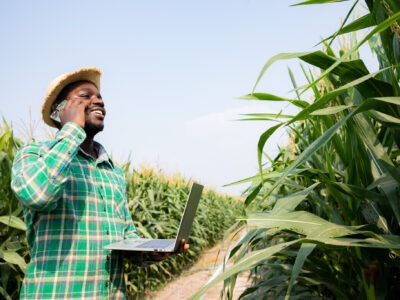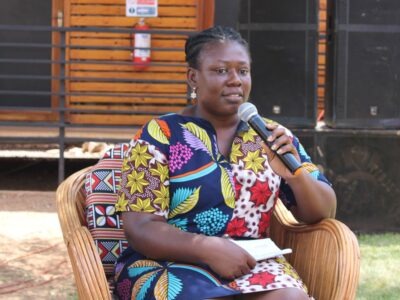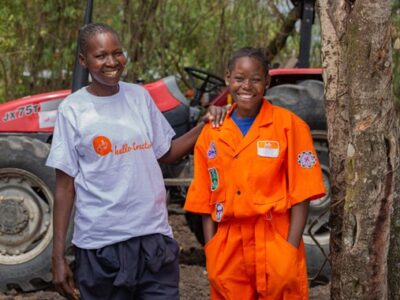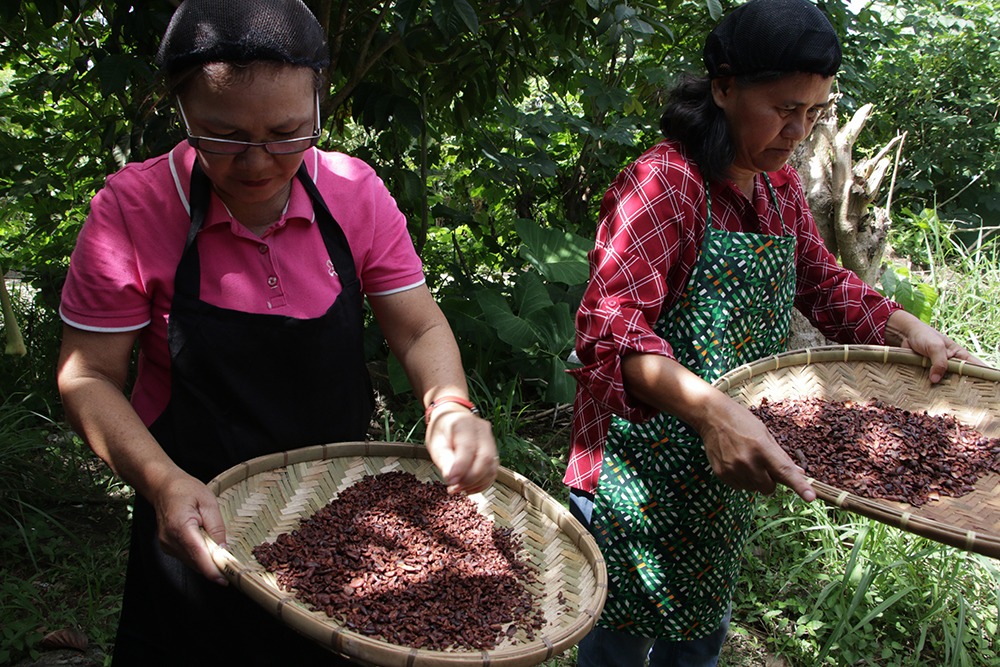
Raymond Major, a forty-year veteran of the chocolate confectionery industry, arrived in Davao City, in the Philippines, to find nearly twice as many people as expected at his artisan chocolate making workshop—many of them cocoa farmers or chocolate makers themselves. Even more surprising to Raymond than the popularity was how eager the participants were to learn.
“Many of them learned how to make chocolate on YouTube. This was really the first opportunity they had to have a hands-on course and to have the opportunity to speak one-on-one with someone who had a career in chocolate.” –Raymond Major, ACDI/VOCA consultant
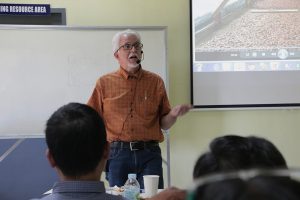
As a short-term consultant for ACDI/VOCA, Raymond led two three-day workshops in February and March 2017. Some of the roughly 70 participants endured a full day of travel to attend the workshops at the TESDA Agricultural Training Institute in Mindanao.
“It was quite amazing to me that people made such an effort to get to this course.” –Raymond Major
ACDI/VOCA organized the workshops as part of the Mindanao Productivity in Agricultural Commerce and Trade (MinPACT) project, funded by USDA Food for Progress. This four-year project increases the incomes of smallholder cocoa, coconut, and coffee farming families in Southern and Western Mindanao. ACDI/VOCA and its partners do this by strengthening farmers’ capacity and that of other value chain actors for improved farm management, increased productivity, product quality, available services, and access to markets.
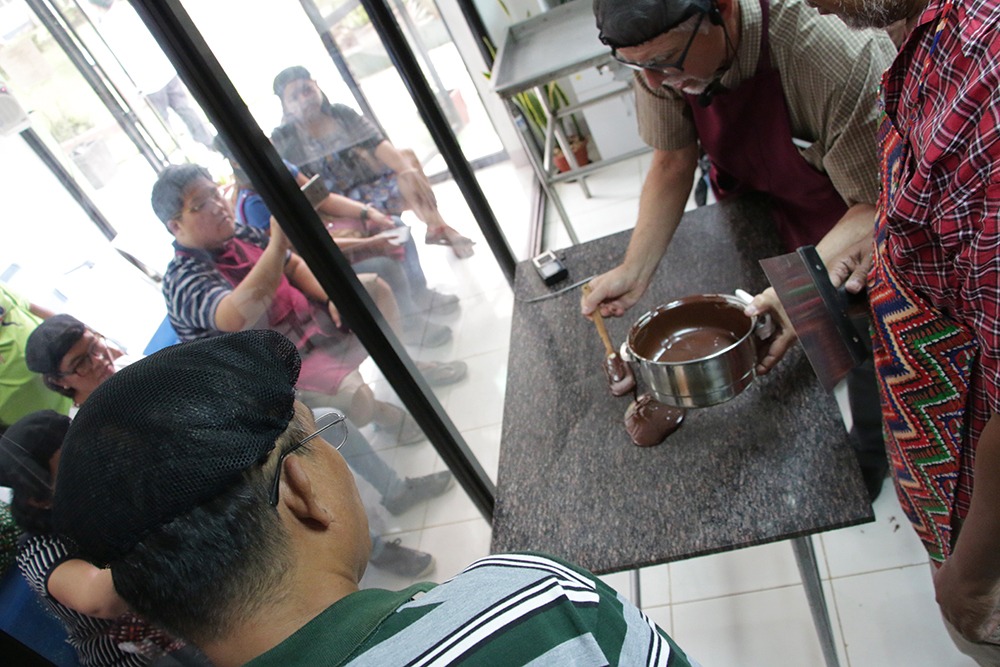
Because of the Mindanao region’s history of armed conflict among Muslim rebel groups, poverty rates remain high at 25 percent. Despite its fertile lands and natural resources, food insecurity also remains high at 30 percent. The reverberating effects of these conflicts has made cacao production fraught with challenges—from low productivity to unsustainable agricultural practices and minimal market access. But cocoa farmers may be among those best positioned for prosperity, as 90 percent of the country’s cacao comes from Mindanao.
“There seems to be some revitalized enthusiasm and interest in [cocoa]…Many of the people there were also cocoa farmers…They wanted to take their cocoa farm and cut out the middleman completely and go right to chocolate.” –Raymond Major
Raymond translated his experience in manufacturing and crop forecasting for Hershey and bean sourcing for Scharffen Berger into creating the bean-to-bar workshops.
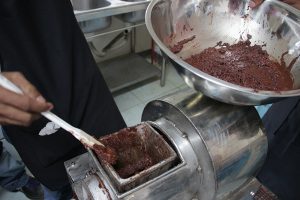
Half occurred in the classroom. The other half occurred in hands-on trainings. Participants refined, mixed, and heated ingredients to make pure chocolate bars and others using local ingredients like puffed rice. They also participated in trainings on how to run a small artisan chocolate business.
On the second day of one of the workshops, Raymond found himself pleasantly surprised again. Some participants returned with samples of their own chocolate—mostly tablea, a cacao product used for a popular hot chocolate drink—for Raymond to taste and critique, which he happily did.
“I’ve taught courses in my professional career, but this was different…This was bigger than anything I imagined accomplishing.” – Raymond Major
The MinPACT project will continue to work with the Mindanao cacao industry to see that Raymond’s vision is realized.

